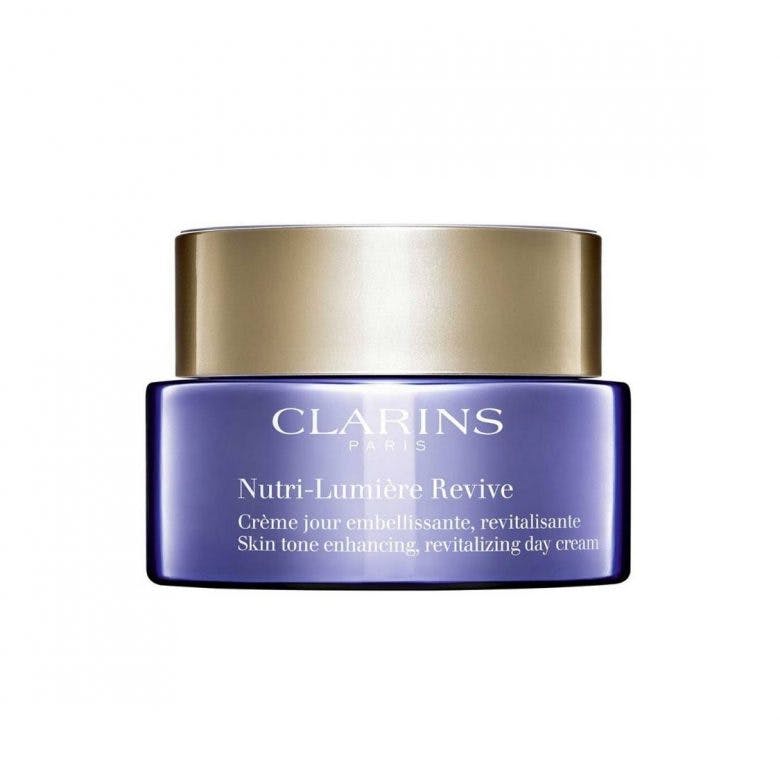Here’s What Eating Too Much Sugar Does To Your Skin
7 minutes read
Here’s the bittersweet truth about what happens to your skin after your sugary binge. And no, we’re not sugar-coating this one.
From the effects of sugar on the skin to the signs you’re eating in excess. Four experts speak the truth of them all. Let’s begin.
Does sugar age the skin?
“Overeating sugar can manifest negatively on the skin. From premature ageing, loss of collagen and weakened elastin, fine lines, and acne (as a result of overproduction of sebum) and inflammation on the skin,” says Justine Masters, UK-based certified skin therapist and holistic facialist.
Masters explains: “This is primarily caused by a high glycemic diet. High GI food tends to spike a person’s blood sugar, which causes glycation. Glycation is a process caused by the presence of excess glucose in skin fibres.”
Gail Warren, Nutritional Therapist and Founder of Nutrition on the Hill, says: “The excess sugar concentration in the blood is caused by glucose and high fructose corn syrup. High fructose corn syrup is found in processed food and juices.
They create a negative internal reaction as they latch to the skin’s fibres and proteins such as collagen (which gives the skin its firmness) and elastin (which helps skin bounce back after being stretched), breaking them down and creating free radicals, bad for your skin as they add years to it.”

Here are three signs your skin issues are due to sugar
1. You might get acne breakouts soon after a sugary binge
Can sugar cause spots? Dr Anastasia Therianou MD, PhD, London-based NHS consultant dermatologist, says, “It is hard to pinpoint whether an acne spot is caused by eating sugar or not.”
Adding: “The best way to know it is to understand your food history. If it has happened multiple times in the past, that’s the only way to be sure about it. So the next time you notice your skin is feeling dull and fatigued or prone to sudden acne flare-ups a day after your sugary binge, then clearly sugar is your culprit.”
2. Breakouts that form in the same area of your face
Masters, on the other hand, says to read your breakouts via the ancient Chinese face mapping technique.
This is an effective way to view the face as a map, with each section connecting to different organs. When there’s a bodily imbalance, it will manifest on the skin via inflammation.
“If you are consuming too much sugar, this will show up as acne in the different zones on your face such as the forehead, cheek, chin and jaw area,” Masters explains.
3. Inflammatory and autoimmune skin diseases due to an unhealthy gut
Research has also shown that excess sugar intake could change your gut microbiome, leading to excess toxins within the gut, skin purging, and internal inflammation like acne, rosacea, and psoriasis.
The gut microbiome communicates with our skin microbiome via the gut-skin axis.
When the gut is unhealthy, it negatively affects our skin microbiome. One of the causes of a disrupted gut microbiome is eating excess sugar.
To keep the gut healthy, nutritionists suggest eating plenty of fermented foods, such as sauerkraut, kimchi, kefir, miso, tempeh, kombucha or even natural live yoghurt and consider a probiotic supplement.
Why is acne worse for some people than others?
Dr Therianou explains why some people get acne while others don’t because of genetic predisposition. Therefore, some people are more susceptible to acne due to genes. If your parents were prone to acne, the chances are that you will also be.
The best way to not aggravate skin conditions, acne, or eczema, is to refrain from eating sugar in excess.
Can you reverse sugar damage to the skin?
Yes. You can. Here are seven ways to do it.
1. Check the food label
Warren explains that glycation reaction is considered one of the key factors in skin ageing and it’s present in almost all the food available in the market. So, she warns to “Always check the label.”
The NHS advises to watch out for words used to describe the types of sugar added to food and drinks, such as cane sugar, honey, brown sugar, high-fructose corn syrup, fruit juice concentrate/purées, corn syrup, fructose, sucrose, glucose, crystalline sucrose, nectars (such as blossom), maple and agave syrups, dextrose, maltose, molasses and treacle.
2. Reduce or control sugar intake
Reducing and controlling the intake of sugar is the first step to reverse the health of your skin.
How much sugar is OK in a day? Adults should have no more than 30g of free sugars a day, roughly equivalent to seven sugar cubes.
Experts recommend reducing sugar intake and avoiding food high in glucose like white bread, white rice, crisps, and instant porridge.
Instead, Masters advises to “Opt for food low in the glycemic index such as beans, lentils, brown rice, broccoli, eggs and salmon and avocado.”
3. Eat antioxidant-rich foods
Antioxidants keep sugar from attaching to proteins. Supercharge your diet with green leafy vegetables such as spinach, chard, kale, and arugula are all rich in beta-carotene, a powerful antioxidant.
Maria Marlowe, holistic nutritionist, also adds fruit, as it provides hydration and a hefty dose of vitamins and antioxidants, which support clearer, ageless, glowing skin.
Aim to consume two to four servings of fruit a day.
She adds: “Spices add flavour and a plethora of benefits, such as reducing inflammation, balancing blood sugar, and providing antioxidants. Some skin all-stars are turmeric, black cumin, cinnamon, and oregano. Try this Indian Spice Cauliflower Kebab.”
Drink green tea, ideally matcha tea. It is characterised to have the highest antioxidant of them all. It helps fight inflammation and slows the ageing of cells thanks to antioxidants such as polyphenols, flavonols, flavonoids and phenolic acids.
Read Next: Top 10 Superfoods: Healthy Skin Diet Rules You Should Follow For Glowing Skin In 2022
4. Book collagen-boosting treatments
For those looking for additional help, try collagen supplements which can help rebuild the collagen and return the skin’s suppleness, making it firm and radiant again.
Masters recommends taking supplements high in antioxidants, vitamin C and Astaxanthin.
5. Improve your lifestyle
Scientists have found that the sleep hormone melatonin can reduce glycation damage by up to 50%, so get your beauty sleep. The National Sleep Foundation recommends adults sleep at least seven to nine hours each night. Also, de-stress. Experts say stress causes spikes in the hormone cortisol level, which increases the effects of glycation by up to 20%.
Alcohol makes you dehydrated; it also triggers glycation. Alcohol is high in sugar due to sugar alcohol also known as polyols, and ingredients used as sweeteners and bulking agents. It just makes sense to cut down on alcohol.
Read Next: Does Alcohol Age Your Skin? The Experts Weigh In
6. Commit to a solid skincare routine
A good skincare can also reverse sugar-damaged skin. Use antioxidant skincare products. To ensure antioxidants reach the collagen and elastin in your skin, apply topical antioxidants. Very effective skincare products include vitamins C & E.
Supercharge the benefits of turmeric (Vitamin C) and avocado (Vitamin E) with a topical skincare solution, like the Double Serum.
Masters also recommends: “Using skincare products that stimulate collagen and elastin production like Niacinamide, retinol as well as adding products like beta-glucan, hyaluronic acid and shea butter.”
Clarins has launched an anti-ageing product that specifically addresses glycation, the Nutri-Lumière Revive. It is formulated with Kaki extract, which is clinically proven to help protect collagen fibres from glycation and improve any sallowness and loss of firmness.

Read Next: 5 Skin-Boosting Vitamins You Need For Healthy Skin
7. Opt for smart desserts
“Eating healthier is not about deprivation, but rather dietary upgrades,” Marlowe says.
“When you want something sweet, choose desserts made with better ingredients that will have a smaller impact on blood sugar. This includes fruit-sweetened desserts, such as this Chocolate Almond Butter Ice Cream (banana-sweetened) or these Extra Fudgy Brownies (date-sweetened).”
She adds: “Anything sweetened with pure monk fruit or stevia is also a smart choice, as these don’t raise blood sugar at all. You can now find plenty of monk fruit sweetened chocolate bars and other sweet treats often labelled keto. Do watch out for erythritol, though, which is a sugar alcohol and a common ingredient in a lot of keto products that may cause digestive issues. For a super easy-to-make recipe that will last you all week, try this Cashew Vanilla Freezer Fudge, sweetened with date syrup.”
Or simply grab dark chocolate (with more than 70% cacao). This contains flavanols, a powerful antioxidant.
Read Next: Can You Reverse Skin Ageing? The Scientists Weigh In
Sign up for our newsletter
We will keep you in the loop for special offers, exclusive gifts and product news.

